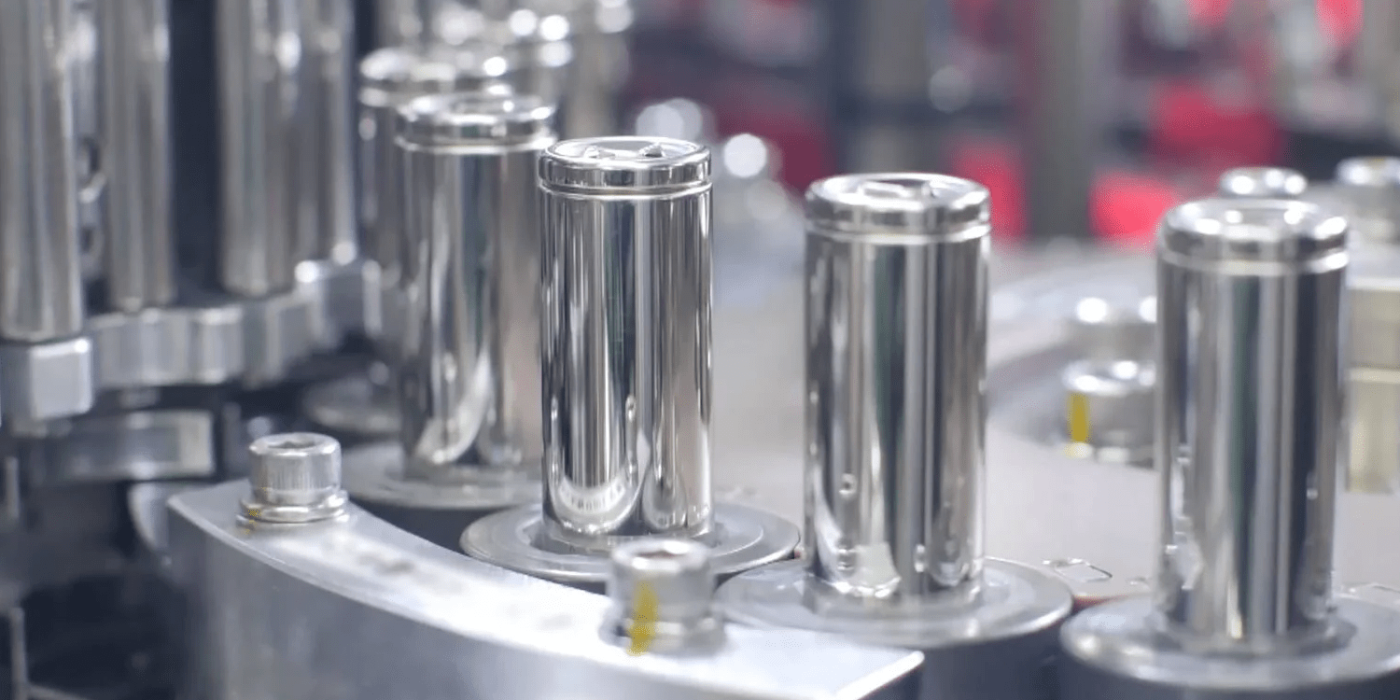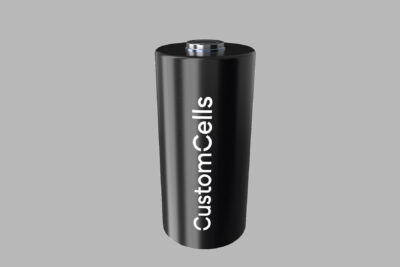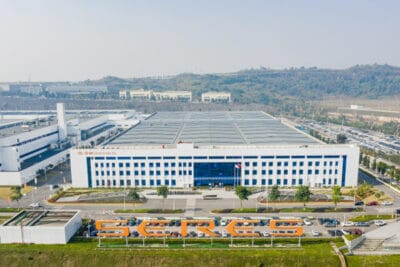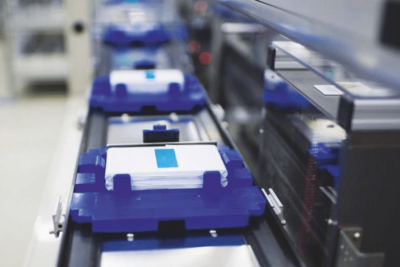Panasonic plans to improve Tesla cells
When to start producing the new EV batteries at Giga Nevada was a decision to be made “not unilaterally, but together,” he said in an interview.
Speaking to the Japan Times, Shoichiro Watanabe did not reveal the exact increase in energy density but added that the improved 2170 cell could help to reduce the overall costs of an electric car.
Tesla uses the 2170 round cells from the Giga Nevada in the long-range Model 3 and Model Y from US production. The vehicles from Shanghai and Germany use round cells from another manufacturer, while the basic rear-wheel drive variants use LFP cells from CATL.
According to Watanabe, Panasonic also wants to optimise manufacturing. “We will expand battery capacity and improve productivity at the same time,” he said.
Targeting a ten per cent increase in manufacturing capacity by the 2025 financial year “doesn’t need to rely completely on building a new factory or heavy investments to do so,” he added. Instead, Panasonic will manufacture cells faster on the existing systems.
However, achieving the medium-term goal of quadrupling production capacity from the current 50 GWh to 200 GWh by 2030 will require new factories. Panasonic continues to set its sights firmly on North America and likely its primary customer, Tesla.
In addition to 2170 round cells (21 millimetres in diameter and 70 millimetres long), this also involves the new 4680 round cells and another battery “that is thicker and bulkier” than the 4680, according to the Japan Times. Details about this battery remain scarce.
Aside from 2170 production at Giga Nevada, Panasonic is reportedly building its second US plant in Kansas, and the Japanese company plans to announce the location of its third plant in the US by the end of this financial year in March.
Watanabe declined to comment on the future location of the forthcoming plant but promised it “will require thousands of employees.”
In December, Panasonic had turned down almost $700 million in state incentives to build a manufacturing site in Oklahoma.
In the same month, the company agreed with Sila Nanotechnologies to obtain silicon anode materials from Sila’s facility in Washington state. Panasonic is looking to replace a higher proportion of graphite in anodes with silicon to enhance energy density and to keep production loops in the USA.





0 Comments